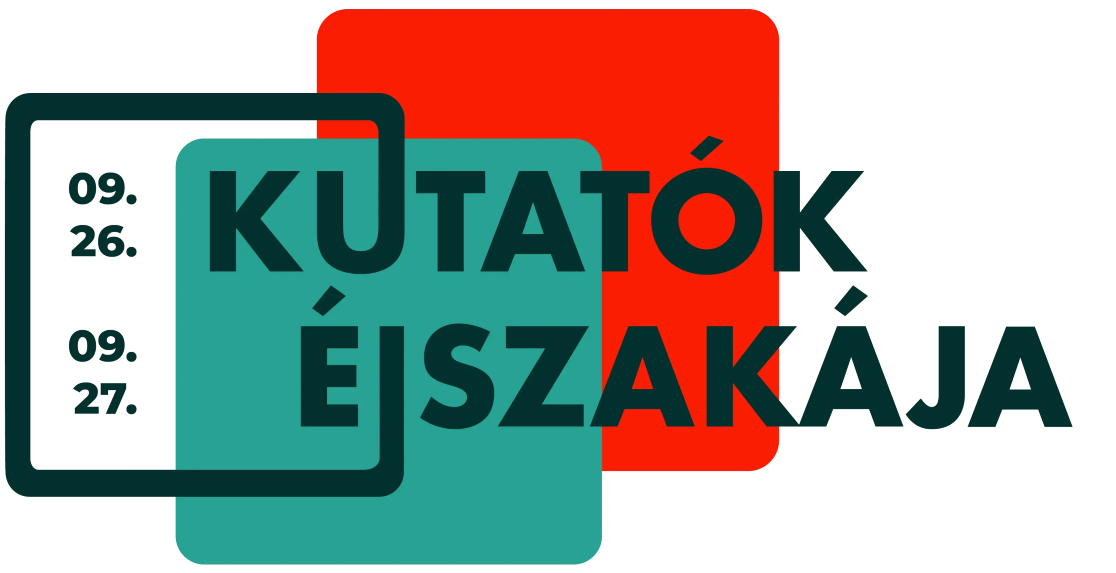As part of the Látkép 2025 program, we are presenting three exciting exhibitions. The exhibitions will be on view throughout the festival on the ground floor and gallery of the HTK.
Please note that the Exhibition openings will be held in Hungarian. English interpretation will not be provided.
Olga Kocsi: Invisible Work
Visualizing the Perception of Time
The series Invisible Work by Olga Kocsi features thirteen individuals: artists, curators, and teachers whose everyday activities were documented by the artist using various technical tools—photography, video, 3D point clouds, and Kinect Azure sensors. The activities chosen by the participants are both mundane and routinely repeated, with well-practiced movements that are nonetheless essential for the individual, family, or community. Although these actions are necessary, they remain invisible: they are often performed automatically by those doing them, and their results are taken for granted by others.
Using the technical recordings, Kocsi created a digital archive of motion sequences, from which she produced 3D prints and photographs printed on glass, steel, and textiles.
Thanks to the technological capabilities of new media, time—or more precisely, the temporal dimension of visual perception—has perhaps become more significant in art than ever. One common technique in new media art is the transformation of time into a spatial dimension. While tools based on visual persistence have long been used to create the illusion of movement, Kocsi's 3D prints present individual phases of motion in spatial form—that is, from multiple perspectives. The essential difference between these two types of representation is that while the former relies on human visual mechanisms, the latter can only be realized using technological tools.
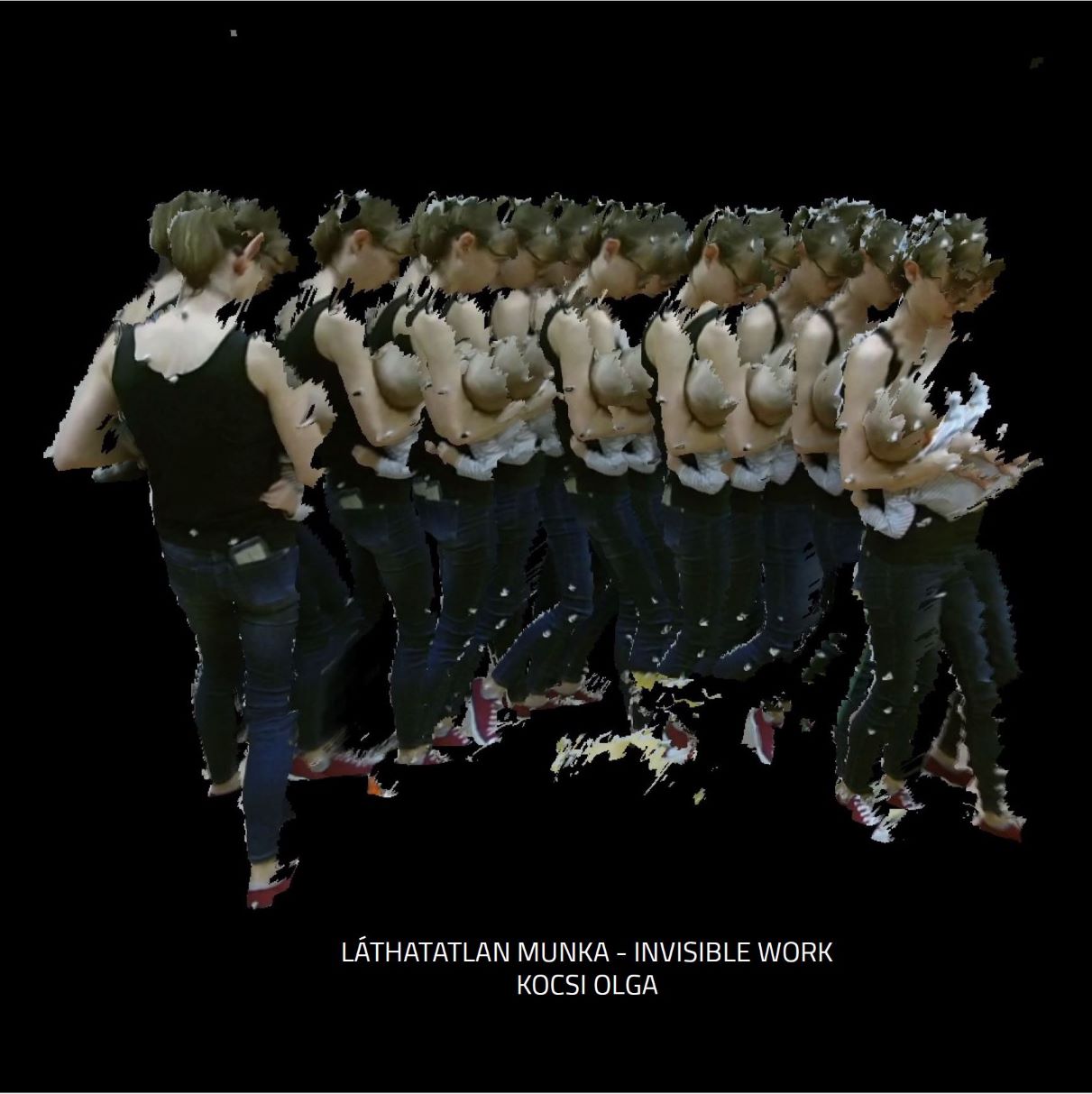
Opening date: Thursday, September 25, 7:00 PM
Curators: Olga Kocsi and Zsuzsanna Szegedy-Maszák
Exhibition opened by: Zsuzsanna Szegedy-Maszák (Hungarian National Museum)
The series Invisible Work by Olga Kocsi was created within the framework of the BME Art Residency Program.
Inventory of Historic Gardens in Heves County | 2021–2024
Poster Exhibition
Landscape heritage and historic gardens are an important part of Hungary's cultural heritage. Any comprehensive intervention aimed at preserving, managing, or restoring these sites must be based on an inventory-level understanding of garden history, architectural history, and monument value.
Since the second half of the 20th century, several initiatives have attempted to document Hungary's historic gardens, but a systematic heritage inventory has yet to be completed. In 2016–2017, two landscape architects, Katalin Takács and Imola Gecséné Tar, developed a custom survey sheet based on international and national methodologies, designed a protocol, and began documenting and updating the garden heritage of Komárom-Esztergom County as a pilot area.
In 2021, the inventory work continued in Heves County. Based on available written sources, they identified historical sites potentially rich in landscape heritage, including castle parks, manor gardens, villa gardens, public parks, hunting lodges, estate gardens, forestry arboretums, and the remnants of destroyed historic gardens.
Between 2017 and 2024, students from the Master of Garden Art program at MATE Institute of Landscape Architecture, Urban Planning and Garden Art visited and documented nearly 130 sites in the two counties. The exhibition showcases a curated selection of posters presenting the Heves County locations, which include both nationally and locally significant sites.

Opening and guided tour: Friday, September 26, 4:30 PM
Exhibition opened by: Gábor Alföldy (ELTE HTK Institute of Art History)
Tour guided by: Imola G. Tar and Katalin Takács (MATE Institute of Landscape Architecture, Urban Planning and Garden Art)
Organizers: ELTE HTK Institute of Art History and Ormos Imre Foundation
Curators:
- Imola G. Tar (MATE)
- Katalin Takács (MATE)
The exhibition was supported by: MATE Institute of Landscape Architecture, Urban Planning and Garden Art and the Hungarian Academy of Arts

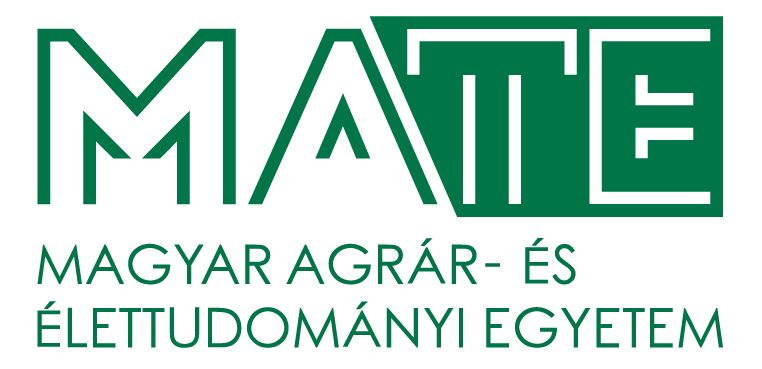
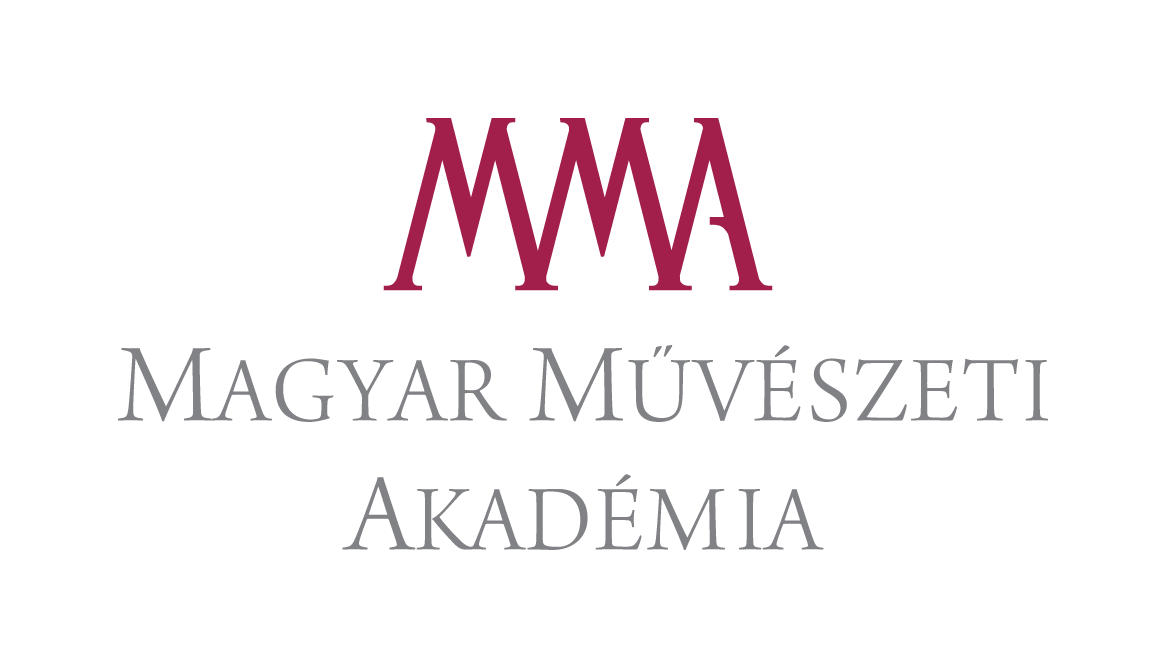
The Future of Child Spaces
Closing Program of the Exhibition "Life in the Past — The Past Through Children's Eyes"
Interactive demonstration, discussion, and film screening
In memory of Andrea Kárpáti
From June 4–6, 2025, Budapest hosted the international conference Child Space 2025 — Narratives and New Perspectives on the Bioarchaeology of Children and Their Biosocial Complexity. The event provided new insights into the bioarchaeological and biosocial research of childhood. The academic program was accompanied by three Glossza podcast episodes, a roundtable discussion, and a children's drawing competition titled Life in the Past — The Past Through Children's Eyes. The call for entries received 240 submissions from 70 kindergartens and schools in Hungary and beyond, depicting everyday life, living spaces, clothing, and food of the past.
An exhibition of selected works opened on June 4, 2025, featuring an award ceremony. The closing event of the exhibition takes place on Friday, September 26, as part of Researchers’ Night and the LÁTKÉP Festival 2025. The event titled "The Future of Child Spaces" includes demonstrations at 10:00 AM and 2:00 PM (with registration), followed by a closing discussion and film screening at 5:00 PM in the Gallery. The program also pays tribute to Professor Andrea Kárpáti, who contributed to the June conference.
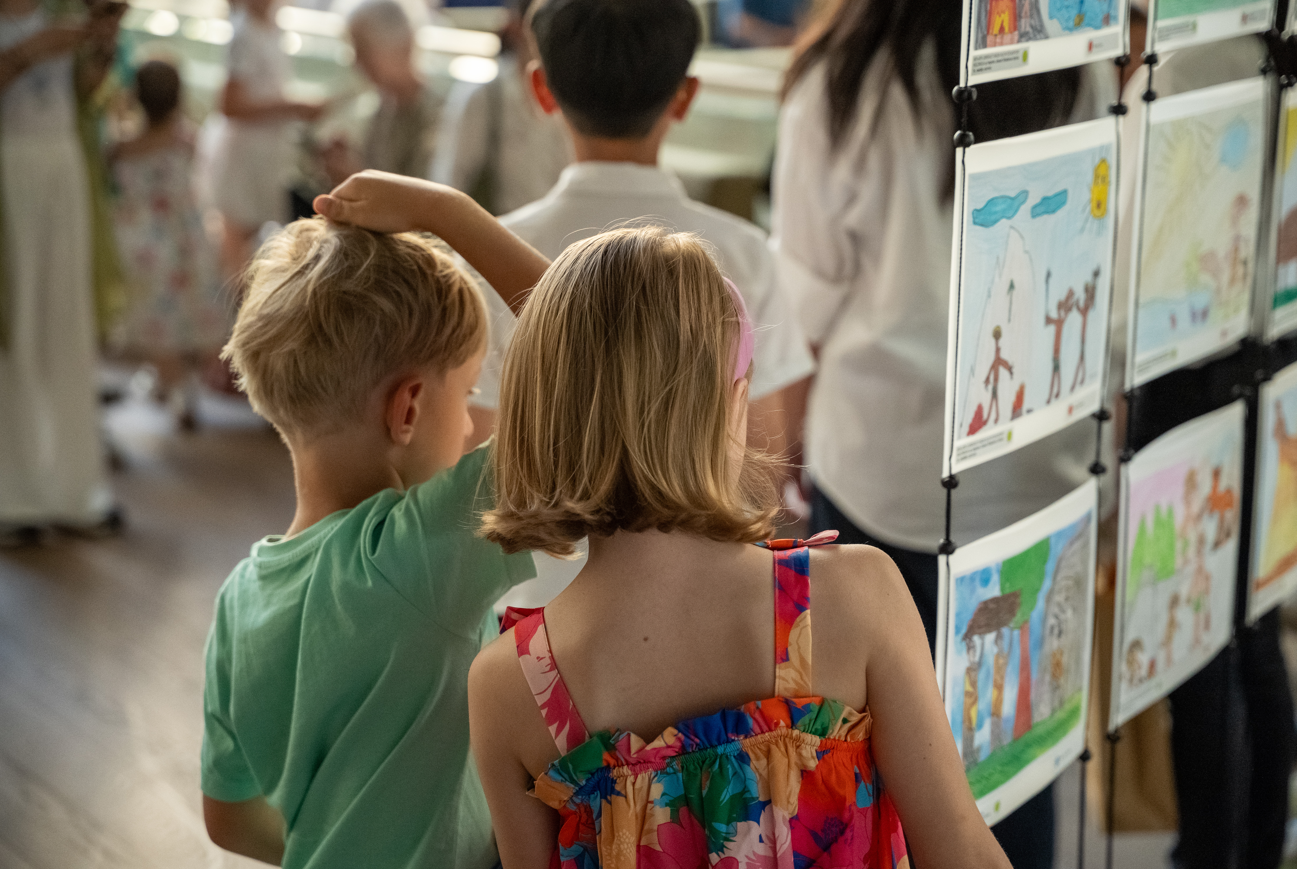
Date: Friday, September 26, 2025 — Demonstrations at 10:00 AM and 2:00 PM; exhibition and film screening at 5:00 PM
Venue: HTK Gallery and the workshops/laboratories of the Institute of Archaeology and Institute of Archaeogenomics
Register here on the Researchers’ Night website
Program coordinators: Researchers from ELTE HTK Institute of Archaeogenomics and Institute of Archaeology


